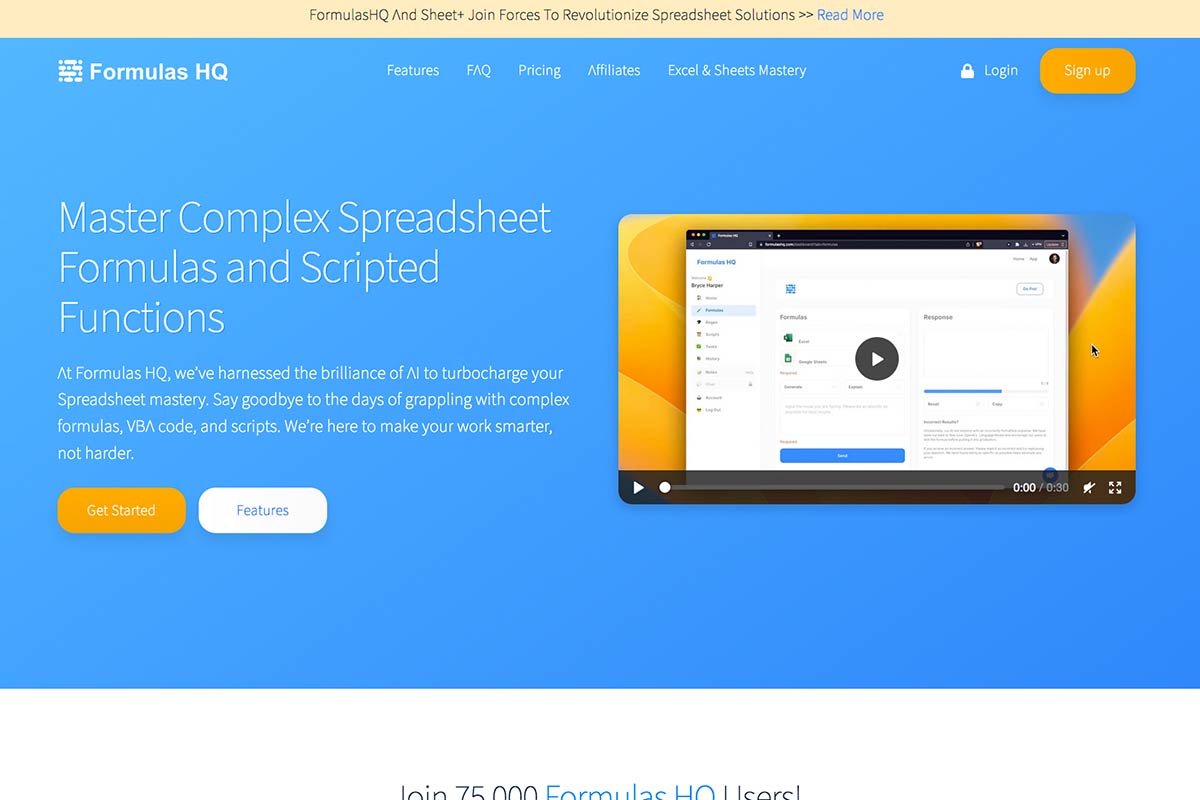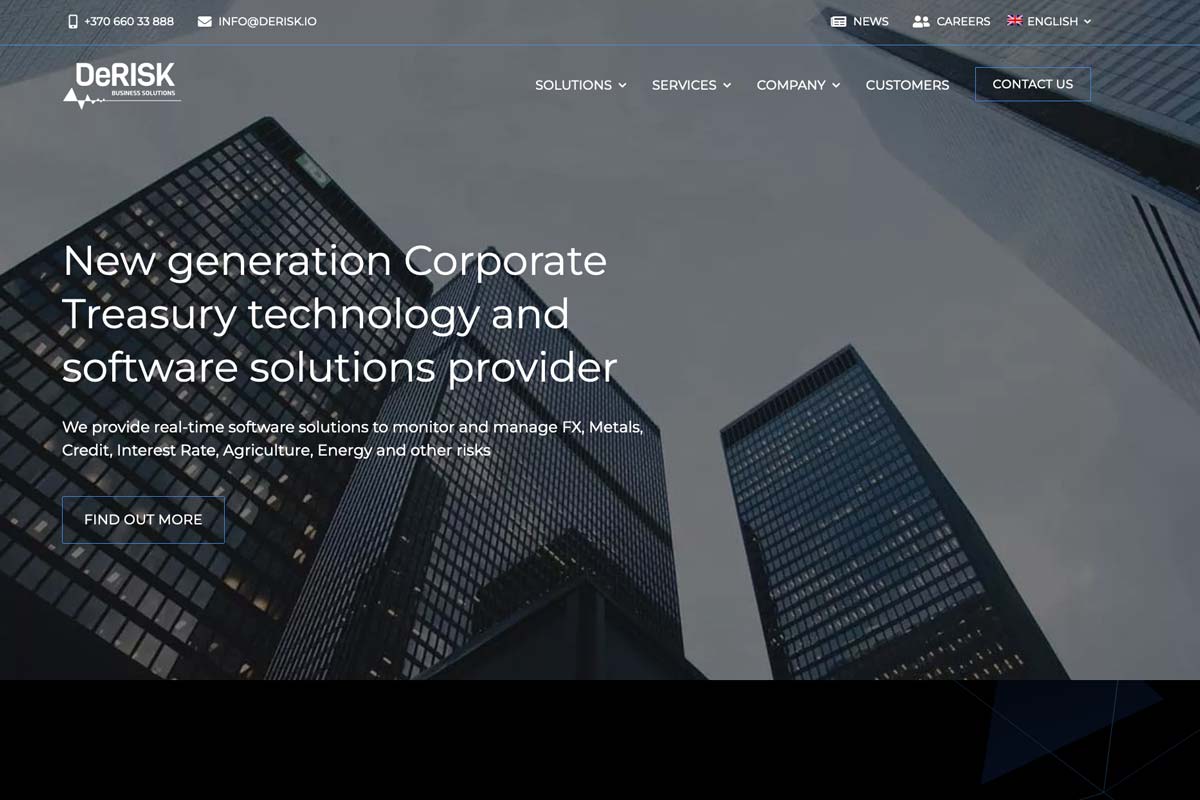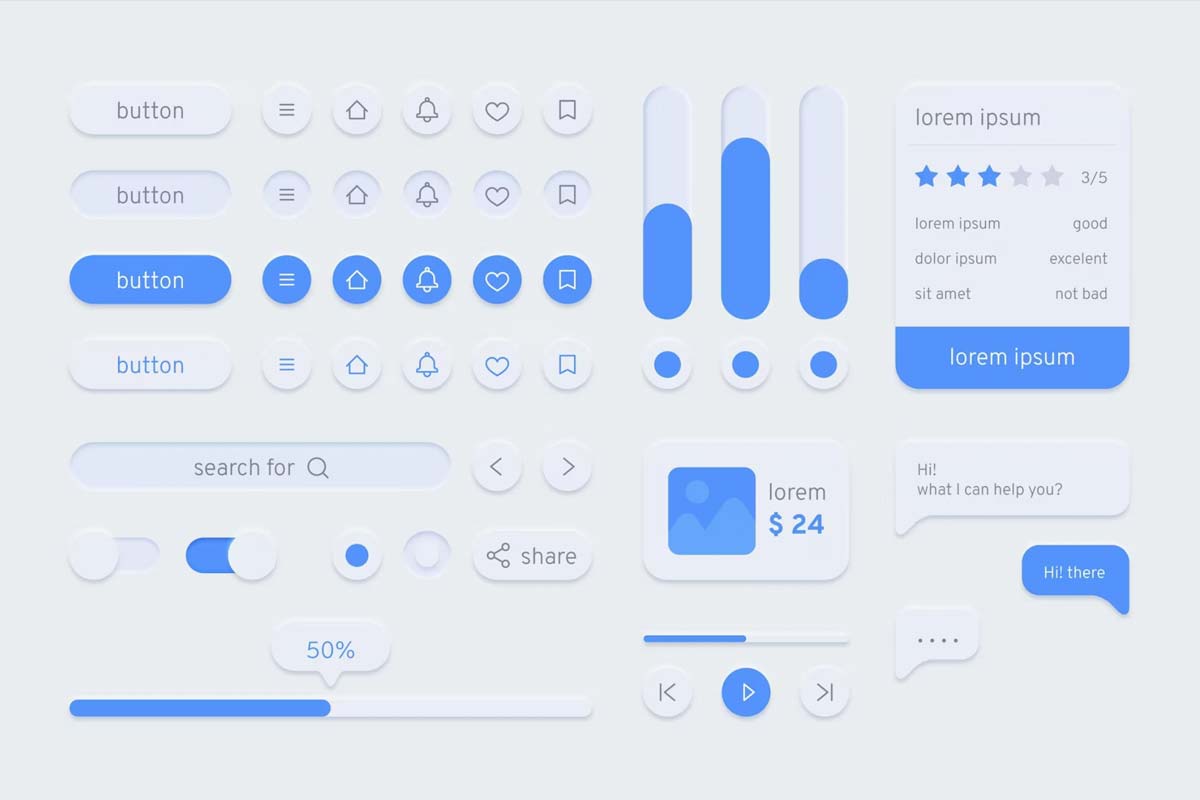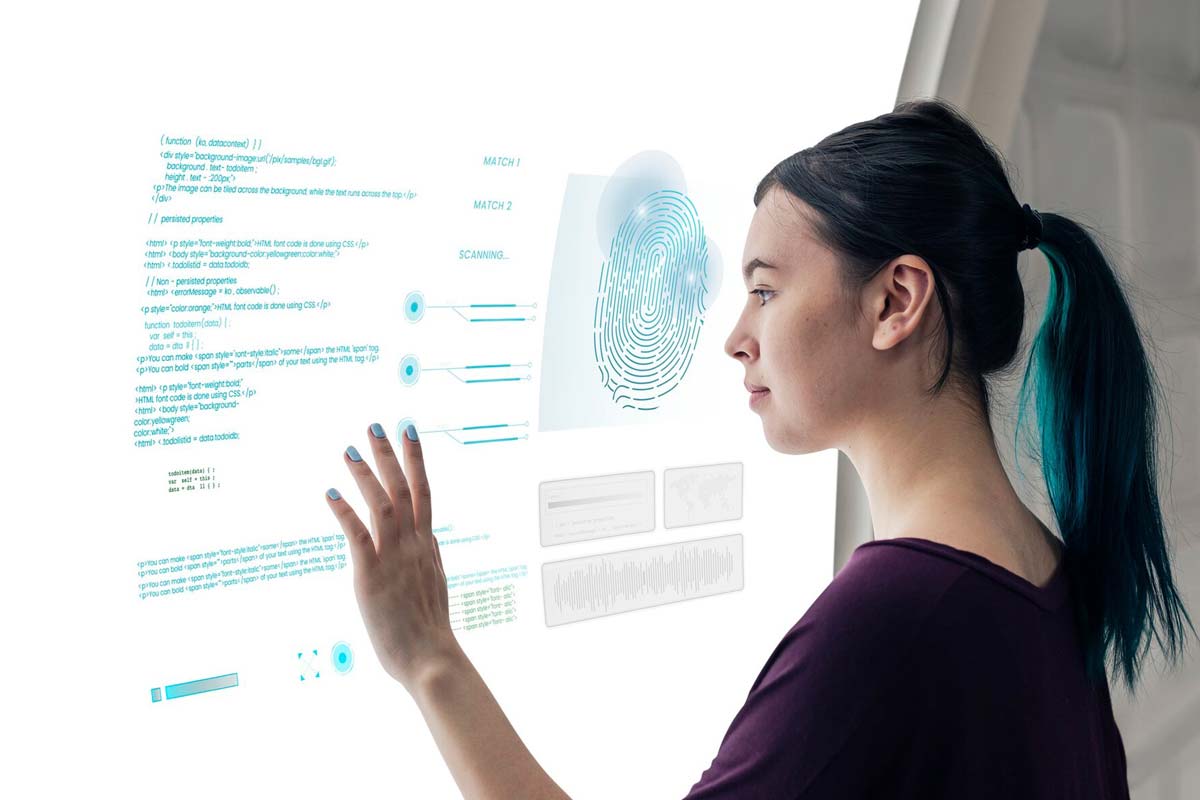
Predicting future website design trends can be challenging, as design preferences can vary widely and are often influenced by different factors such as technology advancements, cultural shifts, and aesthetic preferences.
Let’s explore some of the emerging website design trends and themes that are expected to dominate in 2024.
Minimalistic and Functional Design
Clean and minimalist web design will continue to be a prominent choice for websites, with an emphasis on simplicity, white space, and clear typography. Minimalist designs are often focused on usability and functionality, with an emphasis on removing clutter and distractions.

Dark Mode Design
An alternative to the traditional light interface, dark mode or dark color schemes are becoming increasingly prevalent in website design, offering a sleek and modern aesthetic while also reducing eye strain, especially in low-light environments.
Dark mode designs often feature high-contrast elements and vibrant accents against dark backgrounds.

Neomorphic Design Elements
Neomorphic design or Soft UI is a design trend gaining popularity, characterized by soft shadows, subtle gradients, and minimalist 3D elements that mimics real-world elements, creating a sense of depth and realism.
Neomorphic designs often feature elements that appear to float or be inset into the background, adding visual interest and dimensionality.

Abstract and Organic Shapes
Instead of traditional geometric shapes, many websites are incorporating abstract and organic shapes such as blobs, waves, and irregular polygons to add visual interest and break away from conventional grid layouts.
These shapes can create a more dynamic and playful design aesthetic.
Sustainability and Eco-Conscious Design
With growing awareness of environmental issues, it’s anticipated that web designers will embrace more sustainable and eco-friendly design approaches. This entails optimizing websites for energy efficiency, reducing data consumption, and opting for eco-conscious hosting solutions.
By integrating sustainability into web design, not only do we align with global efforts, but we also demonstrate a dedication to responsible digital practices.
Accessible Design for All
Designing websites that are accessible to users of all abilities, including those with disabilities is receiving increased attention. This involves ensuring adequate color contrast, easy keyboard navigation, compatibility with screen readers, and other accessibility features.
These enhancements facilitate seamless navigation and interaction for all users, regardless of their abilities.

AI-Powered Design Personalization
Artificial Intelligence (AI) is poised to take center stage in web design, providing tailored and dynamic user experiences. By harnessing machine learning algorithms, websites can analyze user behavior, preferences, and interactions, enabling real-time adjustments to content, layout, and color schemes.
This personalized approach enhances user engagement and satisfaction, leading to increased conversion rates.

Final thoughts
While these trends are gaining traction, it’s important to remember that design is subjective, and what works for one website may not necessarily work for another. Ultimately, the best website design style will depend on factors such as the brand identity, target audience, industry, and specific goals of the website.